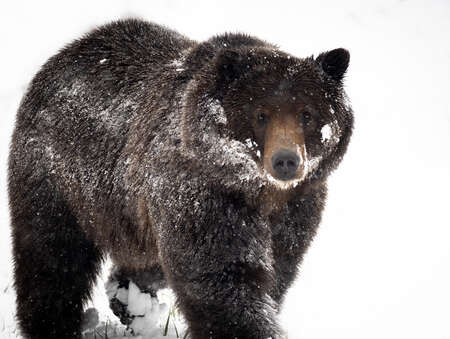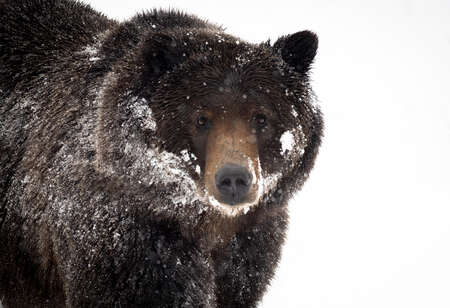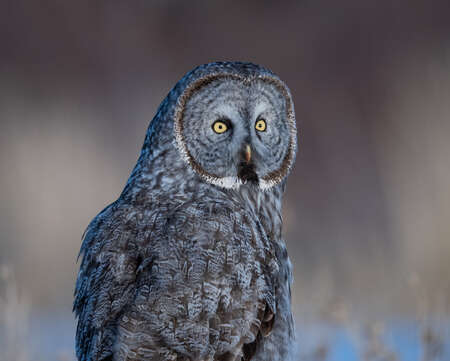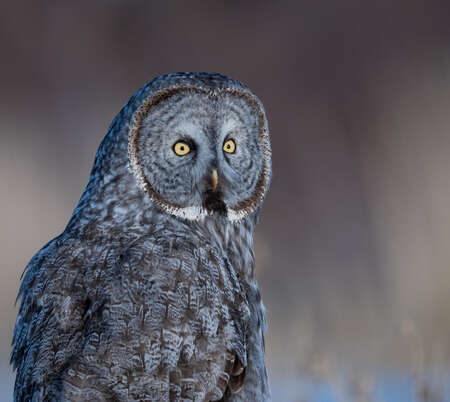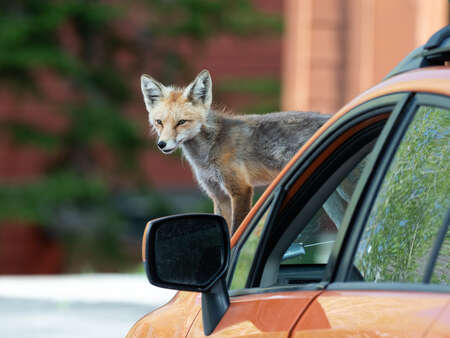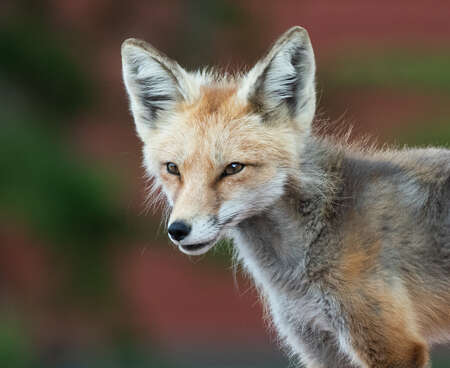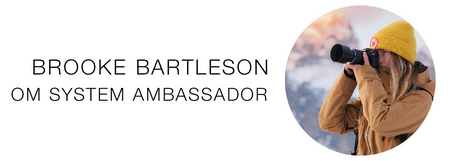I know I say it a lot, but only because it's the truth: in wildlife photography, there is very little that the photographer can have control over.
Animals have a mind of their own. You can’t plan where they’ll be and when. You can’t control the conditions or backdrop that you'll be shooting with. You can’t dictate their body positioning or posing. And for fellow prime lens users, you can find yourself even more restricted when it comes to the composition of your image. That's why, in my opinion, it's so important to embrace the things that you do have control over – and cropping is one of the best tools wildlife photographers can embrace.
Cropping as a Tool to Get Closer
I’ve heard a saying that in wildlife photography if your subject fills the frame – there’s a chance you may be too close. This is a solid guideline to make sure you’re respecting the distance of your subject, and although there are certainly some situations where you can ethically achieve a frame-filling shot (shooting from inside your car, inside a blind, using a super telephoto, etc.) it's a good phrase to keep in the back of your mind when shooting. Now, the tricky thing is, frame-filling shots can be incredibly compelling. There’s no doubt that they’re my personal favorite style of shot. It's a perspective we’ll likely never see with the naked eye. It provides an intimate, interesting, and even intimidating view. Since it's difficult to get these portrait style shots straight out of camera, I am a huge fan of cropping images so that the subject's face fills more of the frame.
When creating these kinds of images, I prefer to use shots where I am shooting at eye-level with the subject, and their body is facing toward the camera. This mimics the style of human portraits, and helps create that sense of intimacy.
Cropping To Compose
Nothing beats composing an image correctly in-camera. But the reality is, sometimes wildlife encounters are so fleeting or unpredictable that you don’t have time to think through the finer compositional details of the photo. In these instances, cropping is a great way to compensate for what you missed in the moment. When I know I don’t have time to think carefully about my composition, I at least try my best to frame the animal in the center of my shot with plenty of empty space all around them so that I can adjust the framing later when editing and have as much of a canvas as possible to work with. When cropping to perfect my composition, I prefer to leave some negative space in the direction that the animal is facing, while positioning the animal in the outer third of the photo. This helps balance the image according to the Rule of Thirds while also showing some of the animal’s environment.
You can also get creative with compositional cropping – empty space tells a story, and making your subject small in frame while having more of the background visible gives the viewer the opportunity to understand the context of the photo.
Cropping to Eliminate
Not every scene can be perfect. Your subject might be hanging out on the roadside where cones and sign posts are visible. You might be shooting in dense brush and distracting sticks or trees draw the eye away from the subject. Or your animal might be part of a herd, and the other animals they detract from the mightiness of the one you’re focused on. After all, animals are meant to blend into the landscape or the rest of their herd. Cropping is an excellent tool to help make sure your subjects stand out. Subject isolation is key in wildlife photography, so its important think of ways to eliminate distractions in order to produce a much more straightforward image.
Instagram: @brookelittlebear
Brooke is a wildlife photographer based out of Salt Lake City, Utah. She has always been a lover of animals, and when she first began shooting she was naturally hooked on photographing wildlife right from the start. Her ultimate goal is to photograph all the core species of megafauna found in North America. When Brooke is not actively photographing, tracking, or scouting for wildlife, you can find her snowboarding.
